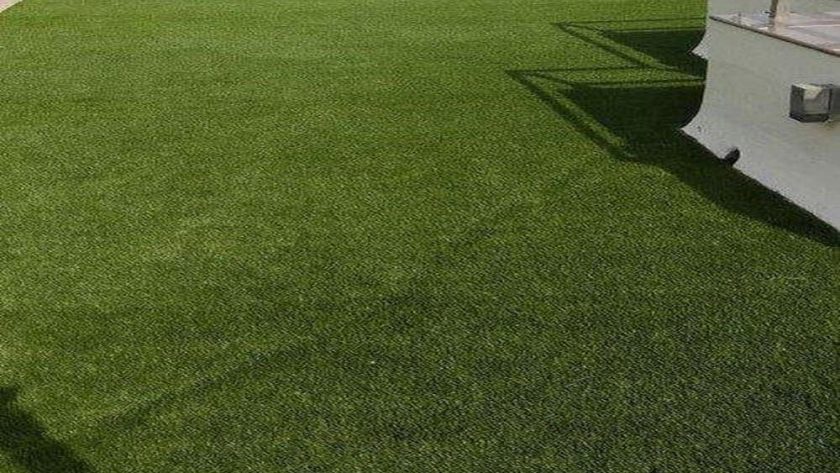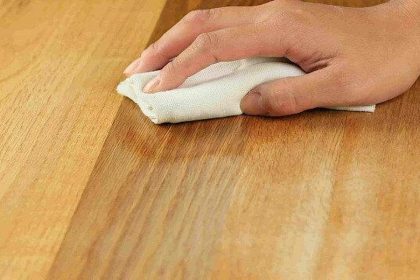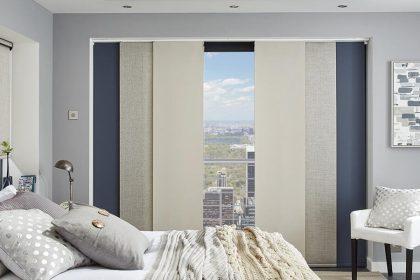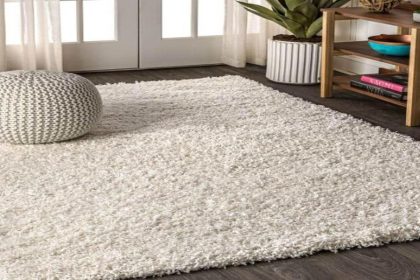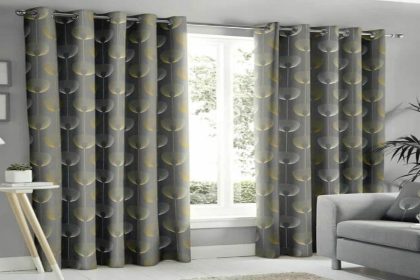Artificial grass has come a long way since it was first introduced in the 1960s. In recent years, the technology behind synthetic turf has continued to advance, making it an increasingly popular option for homeowners, sports fields, and commercial landscaping. Here are some of the latest developments in artificial grass.
Environmentally-Friendly Options
As people become more conscious of their impact on the environment, there is a growing demand for eco-friendly options in all industries, including artificial grass. Some manufacturers are now producing synthetic turf made from recycled materials, such as plastic bottles and tires. These products reduce the amount of waste in landfills and can help improve air and water quality.
Realistic Textures
One of the most significant developments in artificial grass is the ability to create more realistic textures. Modern synthetic turf often has a combination of different blade shapes and colors to mimic the look and feel of natural grass. The result is a product that is not only aesthetically pleasing but also feels more authentic underfoot.
Better Drainage
One of the drawbacks of artificial grass in the past was its inability to drain water properly. This led to problems with water pooling on the surface, causing unpleasant odors and even mold growth. However, recent advances in drainage technology have improved this issue significantly. Many new products now feature a perforated backing that allows water to drain through quickly and efficiently.
Enhanced Durability
The latest artificial grass products are more durable than ever before. They are designed to withstand heavy foot traffic, harsh weather conditions, and intense UV radiation without losing their color or texture. This means that synthetic turf can be a long-term investment that requires minimal maintenance and lasts for years to come.
Anti-Microbial Properties
Another recent development in artificial grass is the incorporation of anti-microbial agents into the turf fibers. These agents can help prevent the growth of bacteria, mold, and other harmful organisms that can cause odors or even health problems. This makes synthetic turf a safer and more hygienic option for high-traffic areas like playgrounds and sports fields.
Smart Technologies
With the rise of the Internet of Things (IoT), artificial grass is also becoming smarter. Some manufacturers are now incorporating sensors into the turf fibers that can detect changes in temperature, moisture, and other environmental factors. This data can be used to optimize watering schedules, detect leaks, and improve overall efficiency.
Customizable Design
The latest artificial grass products also offer a high degree of customization. Homeowners and commercial landscapers can choose from a variety of colors, blade heights, and textures to create a unique look that complements their property. Some manufacturers even offer custom logos and graphics to create branded turf for sports teams and businesses.
Easy Installation
The installation process for artificial grass has become much simpler and more efficient. Many manufacturers now offer pre-cut rolls that can be quickly installed without the need for extensive preparation or special equipment. This means that homeowners and businesses can enjoy a lush green lawn or sports field without the hassle and expense of traditional landscaping.
As technology continues to evolve, we can expect even more innovations in this exciting industry.

